When it comes to efficiency in construction and landscaping projects, a dump trailer stands as an indispensable tool. Understanding how to operate it effectively, particularly the crucial task of lowering it is essential for safety and streamlined operations. In this comprehensive guide, we will walk through various methods for making a dump trailer go down, explore the mechanisms involved, and share vital tips to enhance your trailer experience.
Understanding the Mechanics of Dump Trailers
Dump trailers utilize hydraulic systems to raise and lower the trailer bed. Grasping the mechanics behind these systems can assure safe and efficient operation.
1. Hydraulic Lift Mechanism
At the heart of most dump trailers lies the hydraulic lift mechanism, which consists of:
- Hydraulic Cylinders: These convert fluid pressure into mechanical force.
- Hydraulic Pump: This device generates the needed pressure.
- Fluid Reservoir: Stores hydraulic fluid, which is essential for system movement.
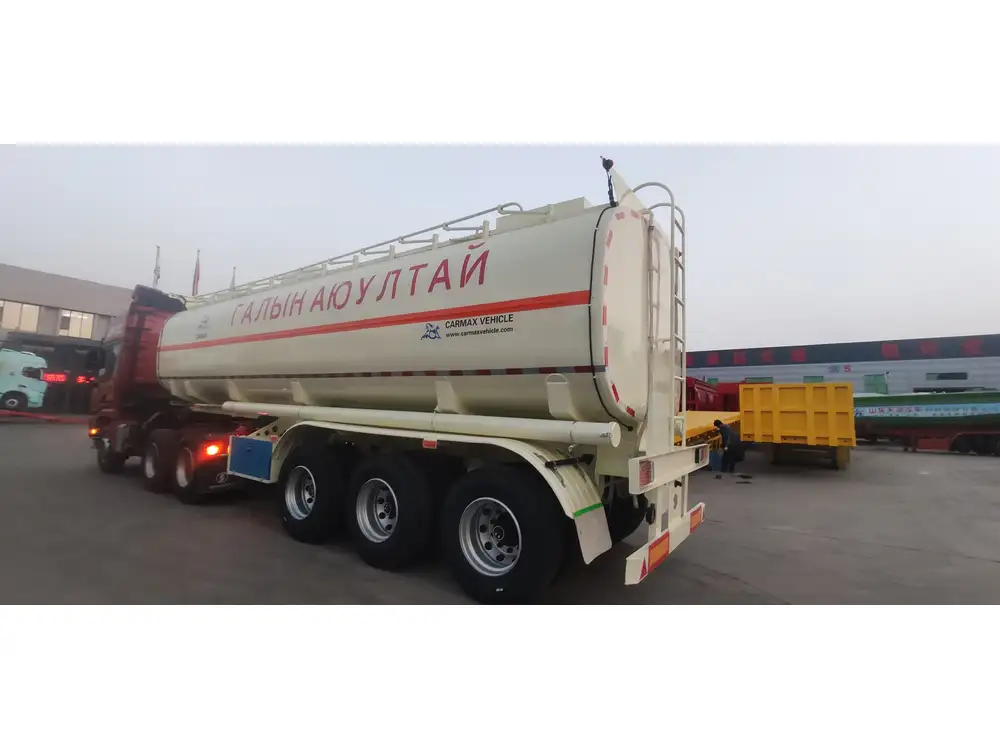
2. Electrical vs. Manual Operation
Dump trailers can be operated either electrically or manually.
- Electric Models: These operate at the push of a button, relying on a battery-powered hydraulic pump.
- Manual Models: Typically, these require a crank system, which permits direct mechanical control.
3. Safety Features
A variety of safety features are integrated to prevent malfunctions, including:
- Safety Locks: These prevent the bed from accidentally lowering while in operation.
- Pressure Relief Valves: Allow excess pressure to escape to prevent damage or failure.
Step-by-Step Instructions to Lower Your Dump Trailer
In this section, we lay out a systematic approach to effectively lowering your dump trailer, ensuring robust safety protocols.
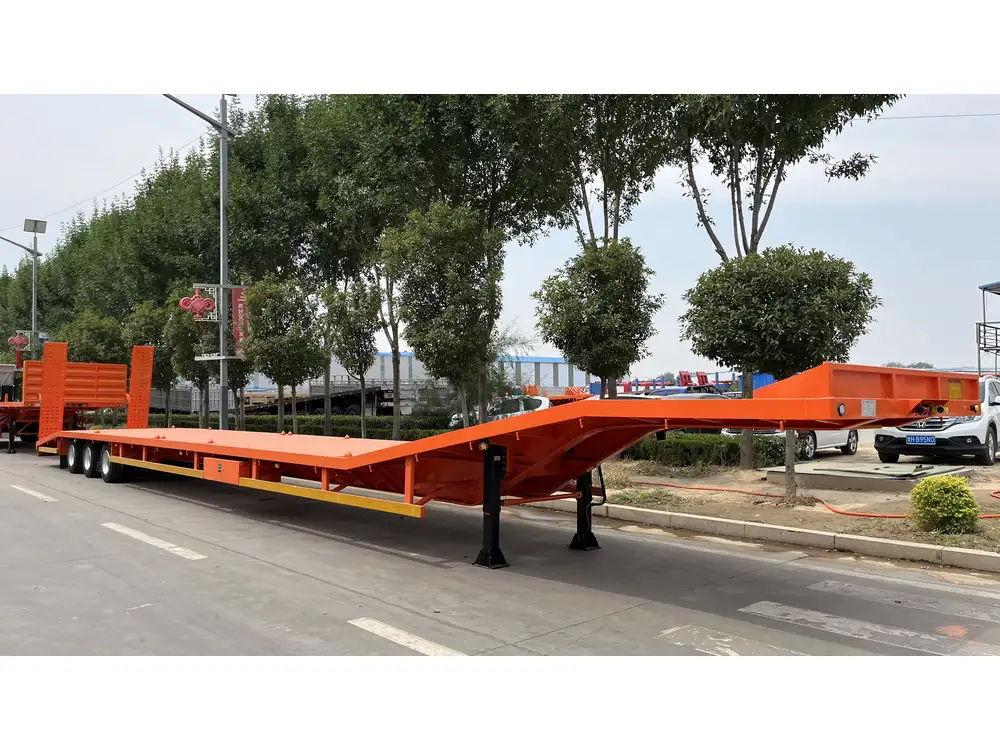
Step 1: Preparation
Before commencing any operation, conduct a thorough inspection:
- Check the Trailer: Inspect for any structural damages.
- Hoses and Connections: Ensure there are no leaks or cracks in hydraulic hoses.
- Surroundings: Clear the area of any obstacles, electrical lines, or hazards.
Step 2: Engine Off – Stabilize the Trailer
Ensure that the vehicle towing the trailer is parked on level ground, and turn off the engine. Engage the parking brake.
Step 3: Connect Power (for Electric Models)
If your dump trailer is electric:
- Connect the power lead to the truck battery.
- Ensure that the control system is operational, testing any switches before continuing.
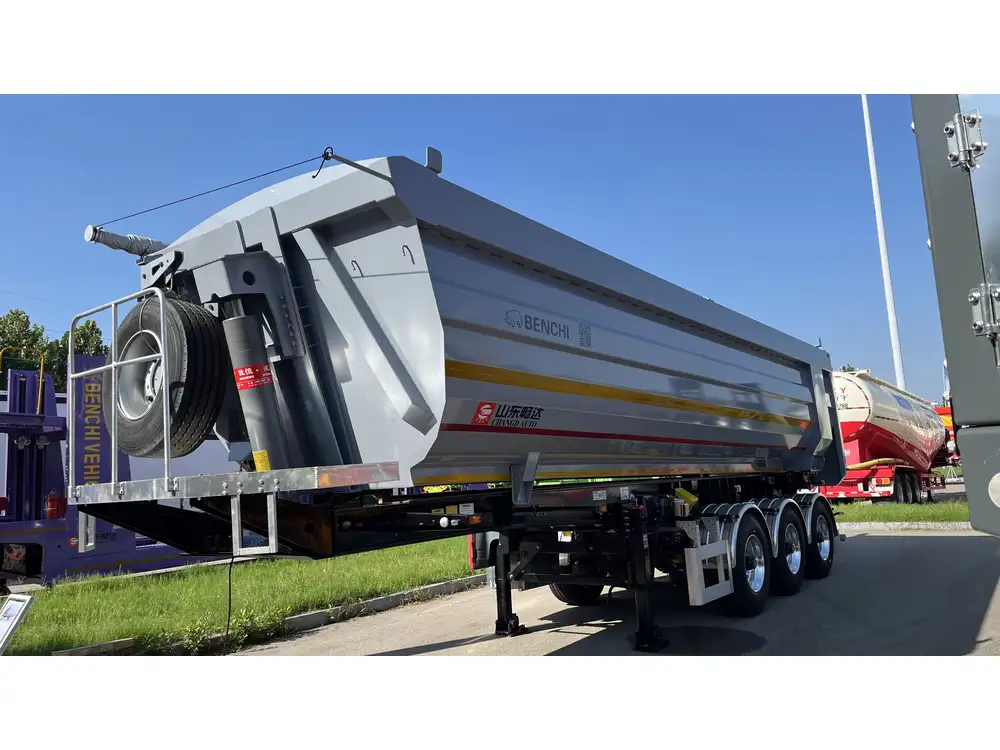
Step 4: Use the Control Mechanism
For both electric and manual models, follow these controls:
Electric Operation:
- Locate the Control Switch: Usually mounted on the side of the trailer or within the vehicle.
- Depress the ‘Lower’ Button: This will activate the hydraulic pump. Maintain pressure until the bed reaches the desired angle.
Manual Operation:
- Locate the Manual Crank: Typically situated at the back or side of the trailer.
- Begin Cranking Clockwise: This lowers the bed. Be aware that it requires physical effort especially with heavier loads.
- Monitor the Drop: Ensure the load is being evenly released without sudden drops.

Step 5: Monitor the Lowering Process
Watch attentively as the trailer bed descends. Adjust your control inputs gradually to maintain stability.
Step 6: Fully Lower the Trailer
Once the load is fully discharged, ensure the trailer bed is stable and flat. If it has not fully dropped, simply repeat lowering procedures until satisfactory.
Step 7: Final Checks
After lowering the bed, visually inspect it:
- Ensure Stability: The trailer should remain stable without rocking or shifting.
- Disconnect Power: If powered, disconnect the power cable after use.
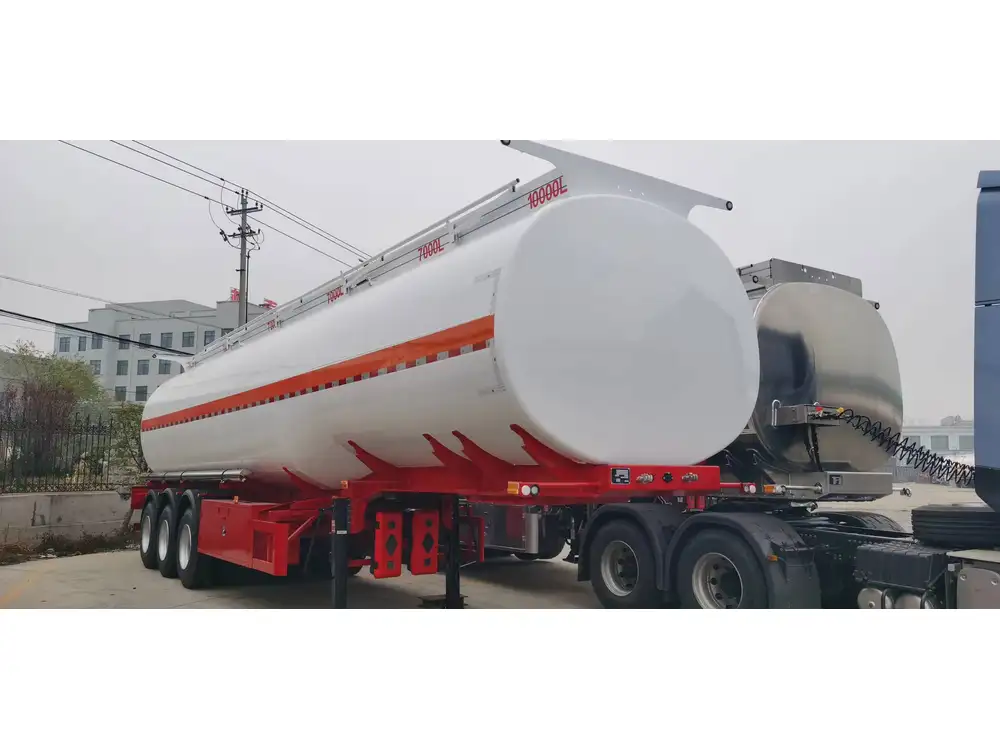
Step 8: Positioning Post-Operation
If storing the trailer after use:
- Ensure it is in a dry, safe place.
- Place wheel chocks under the tires to prevent movement.
Tips for Enhanced Safety and Efficiency
1. Frequent Maintenance Checks
Regular maintenance not only prolongs the lifespan of the dump trailer but also assures operational safety.
- Hydraulic Fluid Levels: Check consistently and refill as needed.
- Tyres: Inspect for wear and maintain appropriate air pressure.
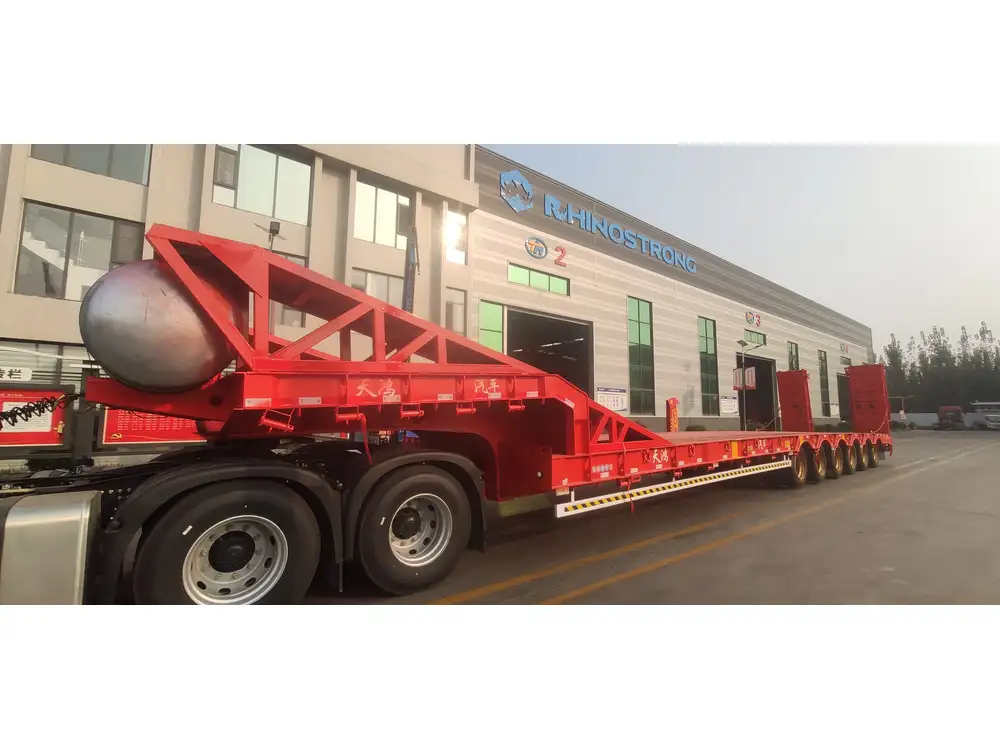
2. Load Management
Understanding load capacities is critical.
- Know Your Limits: Each trailer comes with a specified maximum weight capacity. Exceeding this can cause equipment failure.
- Distributing Weight: Always distribute load evenly within the trailer to maintain balance.
3. Weather Considerations
Consider weather conditions before use:
- Wet Conditions: Operate cautiously as surfaces may become slippery.
- Extreme Temperatures: Cold can affect hydraulic fluid performance. Warm it up appropriately before use.
4. Training and Best Practices
Educate all operators on proper trailer handling and maintenance practices.
- Training Sessions: Conduct periodic training to reinforce safe operation.
- Safety Gear: Utilize gloves and safety glasses during operation.

Conclusion
Mastering how to lower a dump trailer effectively combines mechanical understanding, practical skills, and a commitment to safety. By adhering to the outlined steps and incorporating best practices, operators not only ensure their safety but also enhance the performance of their equipment.
We trust this in-depth exploration has equipped you with valuable insights and actionable steps to effectively lower your dump trailer. Proper operation not only increases efficiency during project execution but also prolongs the lifespan of your valuable equipment. Always prioritize safety and best practices, and you’ll reap the benefits in product reliability and project success.



